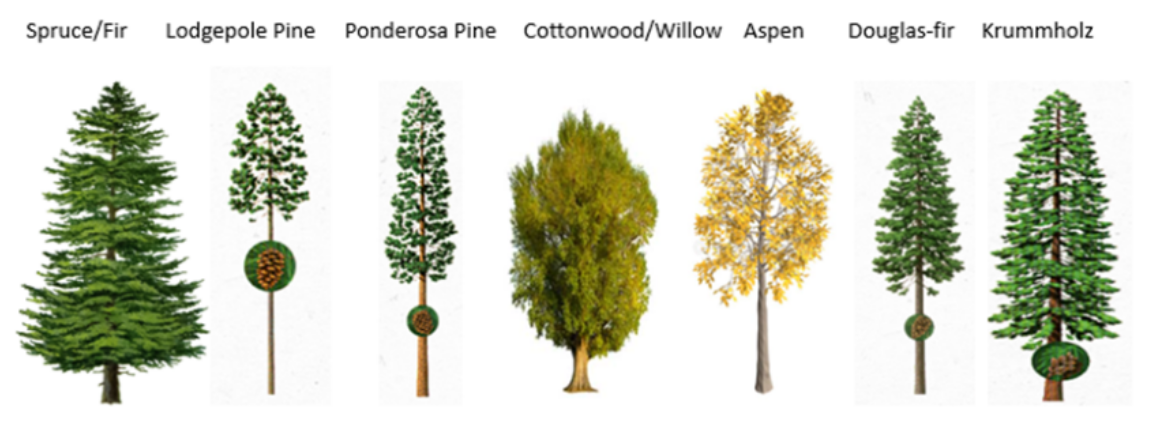Forest Cover Type Prediction
Project Information
- Category: Machine Learning and Classification
- Project Date: Ongoing
- Project URL: GitHub Repository
Description
This project involves solving a classification problem from the Kaggle competition "Forest Cover Type Prediction." The objective is to predict the predominant type of tree cover from cartographic variables. The dataset represents patches in the Roosevelt National Forest, Colorado.
Key Achievements
- Data Analysis:
- Conducted an in-depth analysis of the dataset, including exploration of data types, shape, and descriptive statistics.
- Explained the relevance of variables, such as wilderness area and soil type designations.
- Feature Engineering:
- Performed outlier detection and treatment, feature transformations, and created new features.
- Grouped soil types based on USFS ecological land type units and geological zones.
- Feature Selection:
- Employed feature selection techniques like correlation analysis, filter methods, and recursive feature elimination to improve model performance and reduce overfitting.
- Model Building:
- Implemented and evaluated several machine learning algorithms, including Decision Trees, XGBoost, Extra Tree Classifier, Random Forest, K-Nearest Neighbors (KNN), Support Vector Machine (SVM), Naive Bayes, Logistic Regression, and Ensemble Methods.
- Dimensionality Reduction:
- Explored techniques like PCA (Principal Component Analysis) and LDA (Linear Discriminant Analysis) to reduce dimensionality and assess their impact on model performance.
- Final Submission:
- Detailed the final model used for prediction and provided instructions for making predictions on the test set.
- Included guidelines for submitting predictions to the Kaggle competition.
Summary
This project demonstrates the application of various machine learning techniques to a classification problem in predicting forest cover types. It encompasses data analysis, feature engineering, model building, and evaluation, culminating in a robust predictive model for forest cover type classification.

.png)